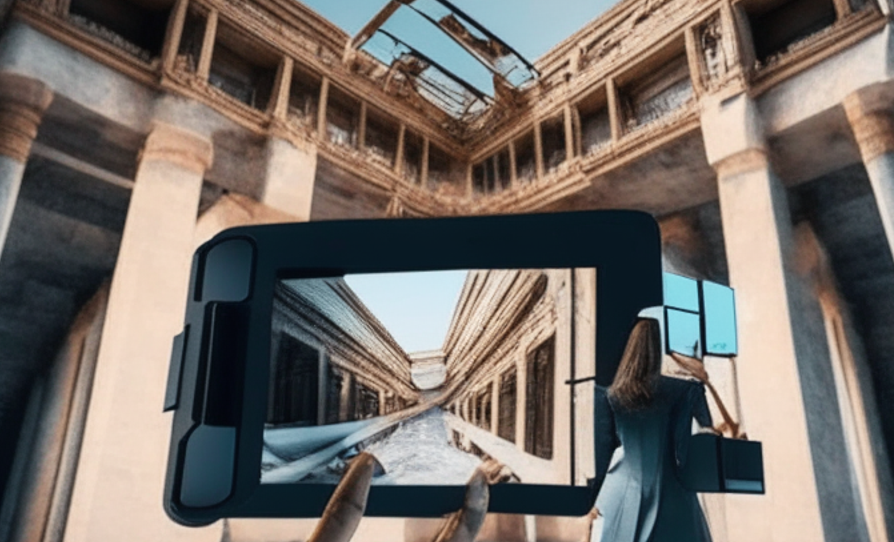Benefit of VR/AR technology in the architecture sector
Benefit of VR/AR technology in the architecture sector

How does the use of VR/AR technology in existing architecture enterprises in Switzerland affect customer experience?
This master's thesis examines the impact of VR/AR technology on customer experience in the architecture industry in Switzerland. Through interviews and analysis within the Technology Acceptance Model (TAM) framework, the study reveals that VR/AR technology offers benefits such as improved design visualization, communication, and client engagement. However, challenges related to technical difficulties and resistance to adoption exist. The findings highlight the importance of addressing user concerns and ensuring user-friendly experiences. The study provides practical implications for effective resource management and promoting successful VR/AR adoption in architectural practices, contributing to the field and suggesting future research directions.
Relevance
The topic of this Master Thesis, focusing on the benefits of VR/AR technology in the Swiss architecture industry, is highly relevant for practitioners. VR/AR technology has the potential to revolutionize the way architects design, communicate, and engage with clients. By understanding its impact on customer experience, practitioners can harness the advantages of VR/AR technology to enhance design visualization, improve communication, and increase client engagement. This research provides practical insights and empirical evidence specific to the Swiss architecture industry, offering valuable guidance for practitioners seeking to leverage VR/AR technology to enhance architectural practices and ultimately improve customer satisfaction.
Results
The Master's Thesis explores the benefits, challenges, and adoption strategies of Virtual Reality (VR) and Augmented Reality (AR) technology in the architecture industry. The findings highlight the enhanced design visualization, improved communication with clients and stakeholders, increased client engagement and understanding, and positive impact on project outcomes. However, challenges such as technical difficulties, resistance to adoption, and financial/logistical considerations were identified. The results align with the Technology Acceptance Model (TAM), emphasizing the importance of perceived usefulness and ease of use in influencing the acceptance and adoption of VR/AR technology.
Implications for practitioners
- Incorporate VR/AR technology in architecture enterprises to enhance design visualization, improve communication, and increase client engagement.
- Address technical difficulties and resistance to adoption to promote successful integration of VR/AR technology.
- Emphasize the importance of user-friendly experiences by addressing user concerns and ensuring perceived usefulness and ease of use.
- Manage resources effectively to support the adoption and implementation of VR/AR technology.
- Consider the long-term impacts and organizational culture when integrating VR/AR technology into architectural practices.
Methods
The methodology employed in this Master Thesis study involves a qualitative research design with an exploratory approach. Semi-structured interviews were conducted with professionals from Swiss architecture enterprises experienced in VR/AR technology. Purposive sampling was used to select participants based on specific criteria. Data collection involved open-ended questions during interviews, which were audio-recorded and supplemented with field notes. Data analysis followed a systematic and rigorous approach, combining elements of the Technology Acceptance Model (TAM) and inductive coding to identify recurring themes and patterns. Ethical considerations were taken into account, including obtaining informed consent and ensuring confidentiality and anonymity.
